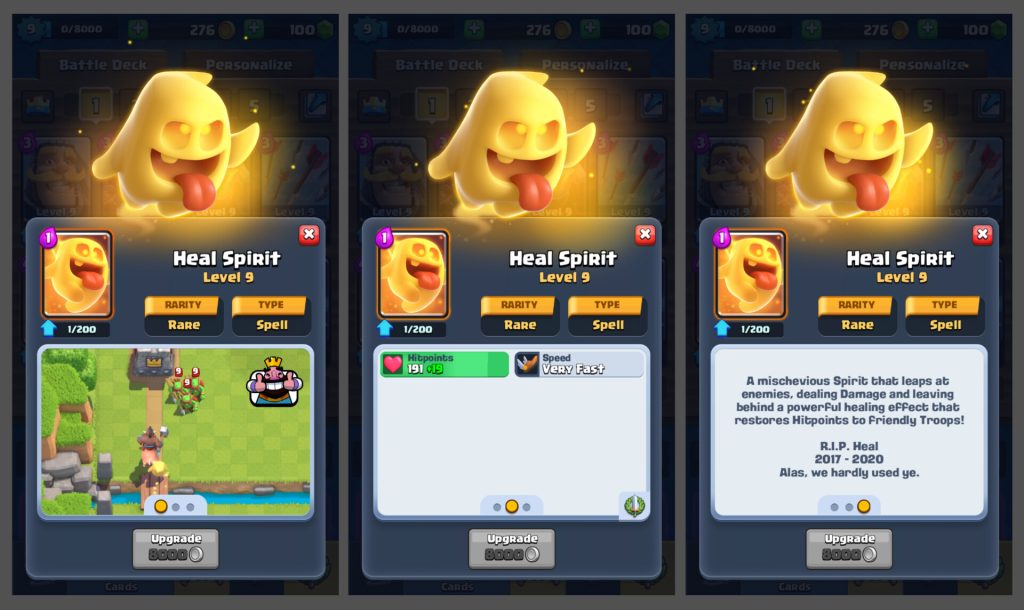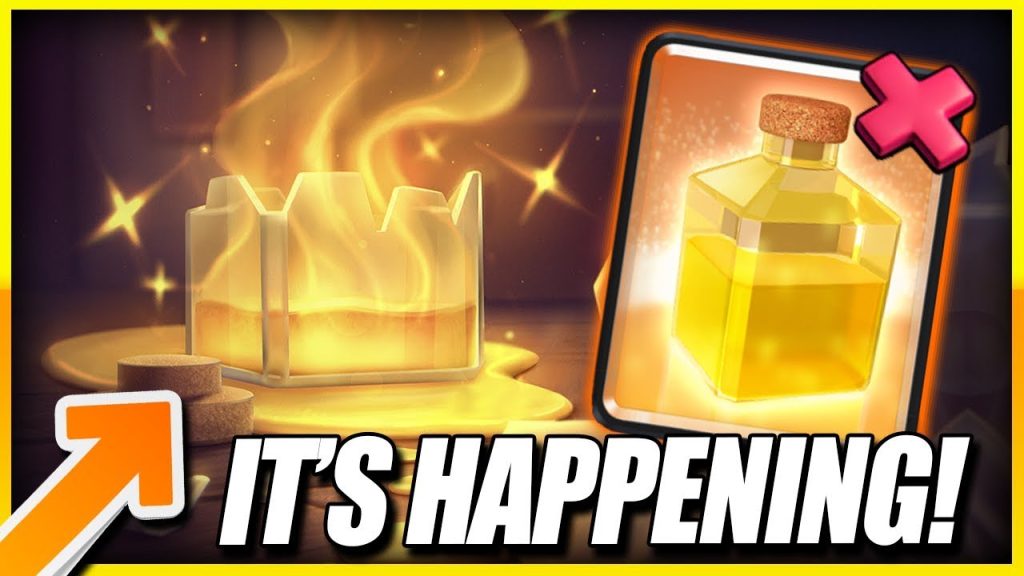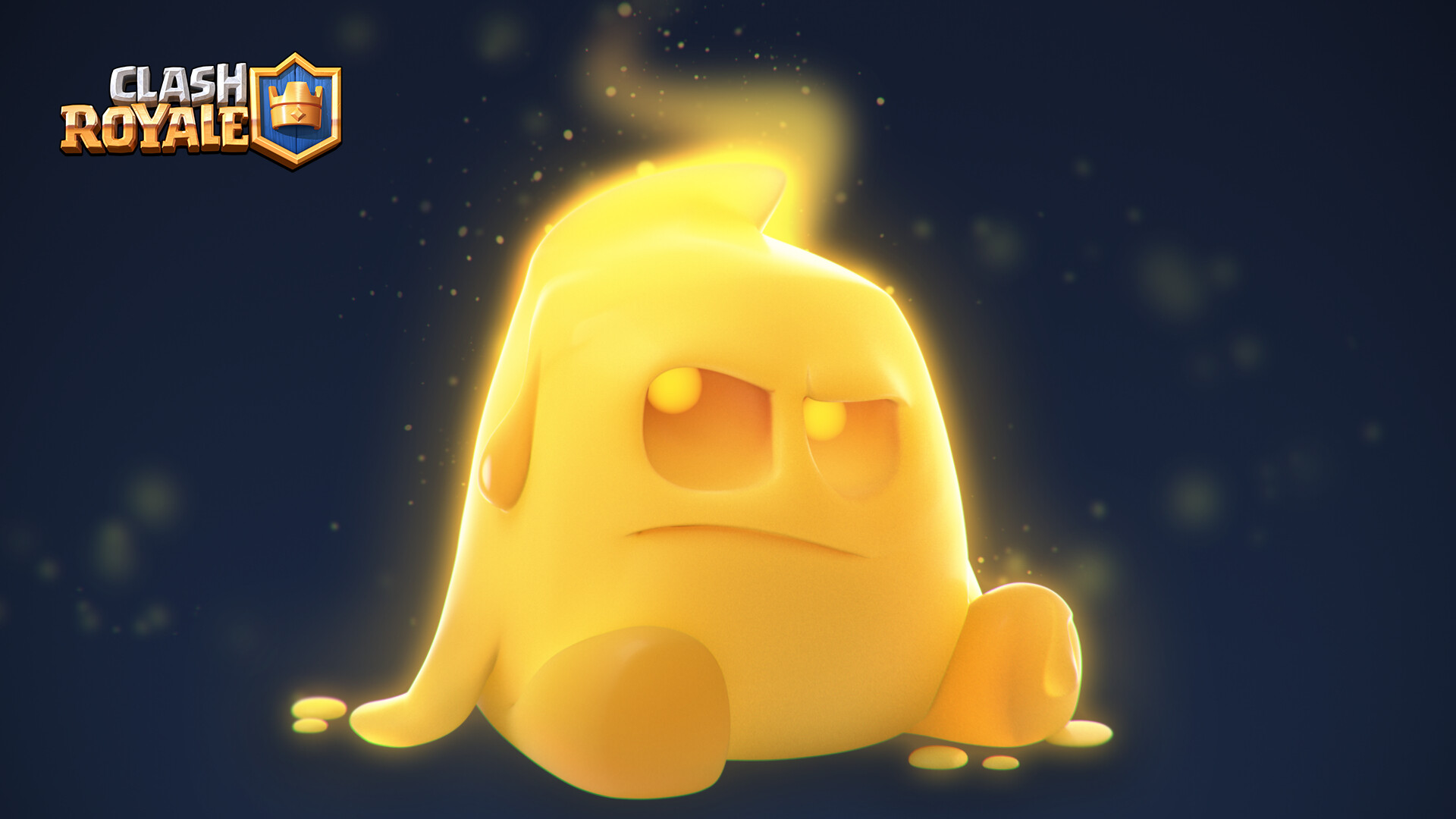Introduction
Clash Royale, a fast-paced real-time strategy game by Supercell, blends elements of tower defense, collectible card games, and multiplayer online battle arenas. With millions of players worldwide, the game’s meta constantly evolves, as each update and balance change introduces new strategic possibilities. One such intriguing card that has seen varying levels of popularity over the years is the Heal Spell. Though it was eventually removed and reintroduced in a different form, its strategic implications have left a lasting mark on the Clash Royale community. This post will delve into everything about the Heal Spell—its history, mechanics, strengths, weaknesses, strategic use, and its overall place in the current state of Clash Royale.
The Origin And History Of The Heal Spell In Clash Royale

The Heal Spell was first introduced in Clash Royale in 2017 as part of an update that added a wave of new cards. At the time, the Heal Spell was considered a revolutionary idea. Unlike traditional damaging spells like Fireball or Lightning, the Heal Spell was designed to recover health for troops within its radius. This concept was borrowed from Clash Royale’s predecessor, Clash of Clans, where healing spells played a critical role during raids. In Clash Royale, it offered a completely new layer of gameplay. The Heal Spell initially cost 3 Elixir and provided a small area-of-effect healing to all friendly troops within the radius over a few seconds. It was typically used to rejuvenate troops that had survived a damaging spell or to maintain the momentum of a push that had nearly been halted.
Initially, the community responded with mixed feelings. Some players appreciated the new tactical possibilities it introduced, while others criticized it for being either underpowered or situational. Over time, its popularity fluctuated due to balance changes and evolving metas. Eventually, Supercell made the decision to retire the Heal Spell in 2020 and replaced it with the Heal Spirit, a troop-based version that delivers instant healing upon contact.
Understanding The Mechanics Of The Heal Spell
The original Heal Spell was a rare spell card that cost 3 Elixir. Upon deployment, it created a circular healing zone on the battlefield. Troops inside this area would gradually regenerate health over a few seconds. The spell’s effect was not instant, and it required timing and precision for optimal usage. The Heal Spell did not affect buildings or towers and had no impact on air units unless they were within the spell’s area.
Its strength was in synergy with medium to large pushes. For instance, if a player had a combination of Musketeer, Valkyrie, and Miner pushing towards the tower and they were hit by a Fireball or Poison, dropping the Heal Spell would allow the surviving troops to regenerate and continue applying pressure. Timing was everything with the Heal Spell. If placed too early, the troops might not benefit from the full duration. If dropped too late, the troops might be eliminated before healing could take effect.
This kind of timing and placement precision made the Heal Spell more of a high-skill card. Casual players often found it difficult to maximize its potential, which is part of why it never became a staple in many decks despite its theoretical power.
Strengths And Strategic Uses Of The Heal Spell
The Heal Spell had several strategic uses that made it appealing in certain situations. First, it worked wonders in swarm-based or low-HP troop decks. Cards like Three Musketeers, Battle Ram, and Minion Horde could benefit greatly from it. A well-timed Heal Spell could turn what appeared to be a failed push into a devastating counterattack. For example, when facing area-damage spells such as Poison or Fireball, using the Heal Spell right after damage landed could preserve the entire push, forcing opponents to overcommit resources.
Additionally, the Heal Spell had great synergy with high DPS units. Troops like Lumberjack, Electro Dragon, or Mini P.E.K.K.A., when healed mid-battle, could survive long enough to take out multiple enemy units or even destroy a tower. This gave rise to off-meta but surprisingly effective decks that centered around baiting out spells and then healing through damage.
In double elixir or overtime, when players had more Elixir to spend freely, the Heal Spell truly shined. It could sustain a push that would otherwise have fizzled out, especially when paired with strong frontline tanks like the Giant or Royal Giant. The extra few seconds gained by healing troops could spell the difference between a successful tower takedown and a failed attempt.
Weaknesses And Limitations Of The Heal Spell

Despite its potential, the Heal Spell was not without flaws. One of its biggest drawbacks was that it required surviving troops. If the opposing spell—like Rocket or Fireball—completely eliminated your units, then the Heal Spell was useless. This made it highly situational and reactive rather than proactive. Unlike a spell like Zap or Log, which had consistent value, the Heal Spell’s utility varied drastically depending on the timing and the opponent’s counterplays.
Another issue was its cost-to-benefit ratio. At 3 Elixir, the Heal Spell needed to do significant work to justify its inclusion in a deck. In many cases, players preferred more versatile cards like Poison, Tornado, or even Freeze, which could provide more immediate and guaranteed value. Moreover, it didn’t synergize well with all playstyles. Control decks, for instance, rarely benefited from it, as their main focus was defense and chip damage rather than maintaining a massive push.
Due to these limitations, it was often excluded from competitive decks and rarely seen in high ladder play. Its inconsistency made it a risky pick, especially in tournament settings where predictability and reliability were key.
The Shift To Heal Spirit And Its Impact
Recognizing the challenges and limited utility of the original Heal Spell, Supercell decided to rotate it out of the card pool. In its place, the Heal Spirit was introduced in 2020. The Heal Spirit costs just 1 Elixir and functions similarly to the Ice Spirit—it jumps at enemies and releases a burst of healing to nearby friendly troops. This made the concept of healing more accessible, flexible, and easier to incorporate into different deck archetypes.
The Heal Spirit was much more positively received. Its cheap cost and instant impact allowed for more creative and aggressive deckbuilding. It worked well in bridge spam, bait, and cycle decks. It was also easier to time correctly, making it more user-friendly and less dependent on advanced placement skills. In many ways, the Heal Spirit retained the core functionality of the Heal Spell while stripping away its weaknesses.
However, some purists still prefer the original spell due to its larger healing radius and sustained effect. The Heal Spirit’s healing is brief and doesn’t sustain troops over time. This trade-off reflects a broader design philosophy shift within Supercell: simplifying mechanics while maintaining strategic depth.
The Legacy Of The Heal Spell In Clash Royale
Though no longer part of the active card pool, the Heal Spell left a significant legacy in Clash Royale’s evolving strategy landscape. It was among the few cards that encouraged creative troop combinations, forcing players to think beyond pure offense or defense. It introduced the concept of in-battle sustainability—a notion that is still relevant in today’s game through cards like the Heal Spirit, Battle Healer, and other support units.
Players who mastered the Heal Spell developed a deeper understanding of Elixir efficiency, troop synergy, and timing. It served as a skill-check card, rewarding those who could plan several moves ahead. Even after its removal, it continues to be discussed in forums, strategy guides, and YouTube videos as an example of unique game mechanics that added flair to Clash Royale gameplay.
Some community members have even called for its return in some limited format or seasonal mode. Whether or not Supercell decides to reintroduce it, the Heal Spell remains one of the game’s most innovative and talked-about mechanics.
Possible Future: Will The Heal Spell Return?

Given the game’s dynamic nature and Supercell’s penchant for surprising updates, the idea of the Heal Spell making a comeback isn’t entirely out of the question. Perhaps it could be rebalanced with a lower Elixir cost or given new attributes to make it more viable. Alternatively, it could be featured in special challenges or seasonal events where players can experiment with out-of-rotation cards.
Another possibility is the evolution of the Heal Spell into a new hybrid card—maybe a troop that casts healing zones periodically or a building that heals nearby allies. The success of the Heal Spirit shows that players still enjoy healing mechanics when they are well-integrated into gameplay.
If it does return, balancing will be critical. The game has evolved significantly since the spell’s removal, and reintroducing it without proper testing could disrupt the current meta. But with thoughtful reworking, the Heal Spell could once again find its place in the Clash Royale universe.
Conclusion
The Clash Royale Heal Spell was a fascinating addition to the game that offered unique strategic possibilities and encouraged creative play. Though it ultimately proved to be situational and inconsistent, its concept laid the groundwork for more successful cards like the Heal Spirit. Its rise and fall reflect how gameplay mechanics evolve in response to community feedback, competitive trends, and balance requirements. While no longer part of the active card pool, the Heal Spell’s legacy lives on in the hearts of long-time players who remember the excitement of healing their troops mid-battle to turn the tide of war. Whether it remains a part of the game’s history or makes a triumphant return in some future update, the Heal Spell will always be remembered as one of Clash Royale’s boldest design experiments.

